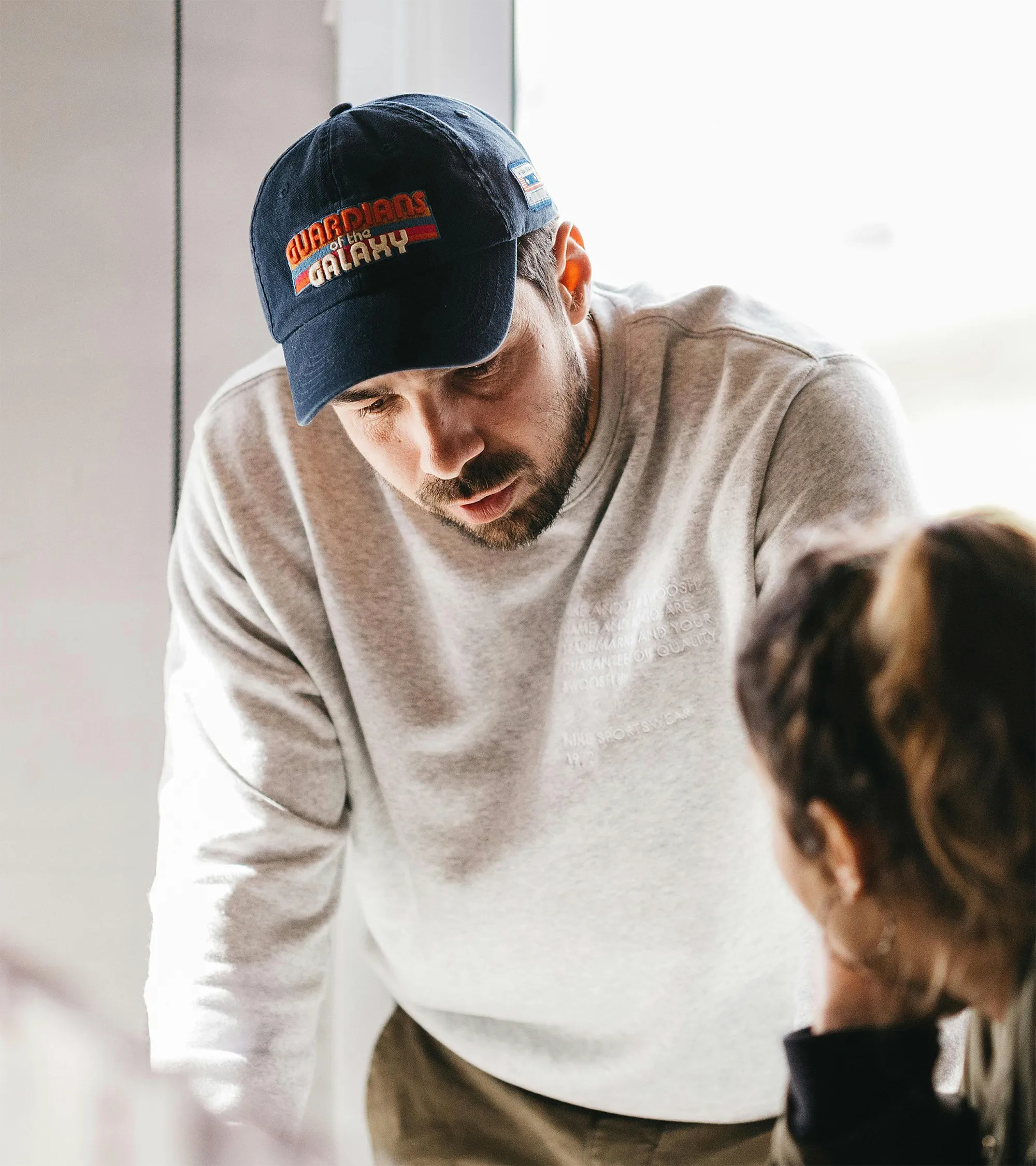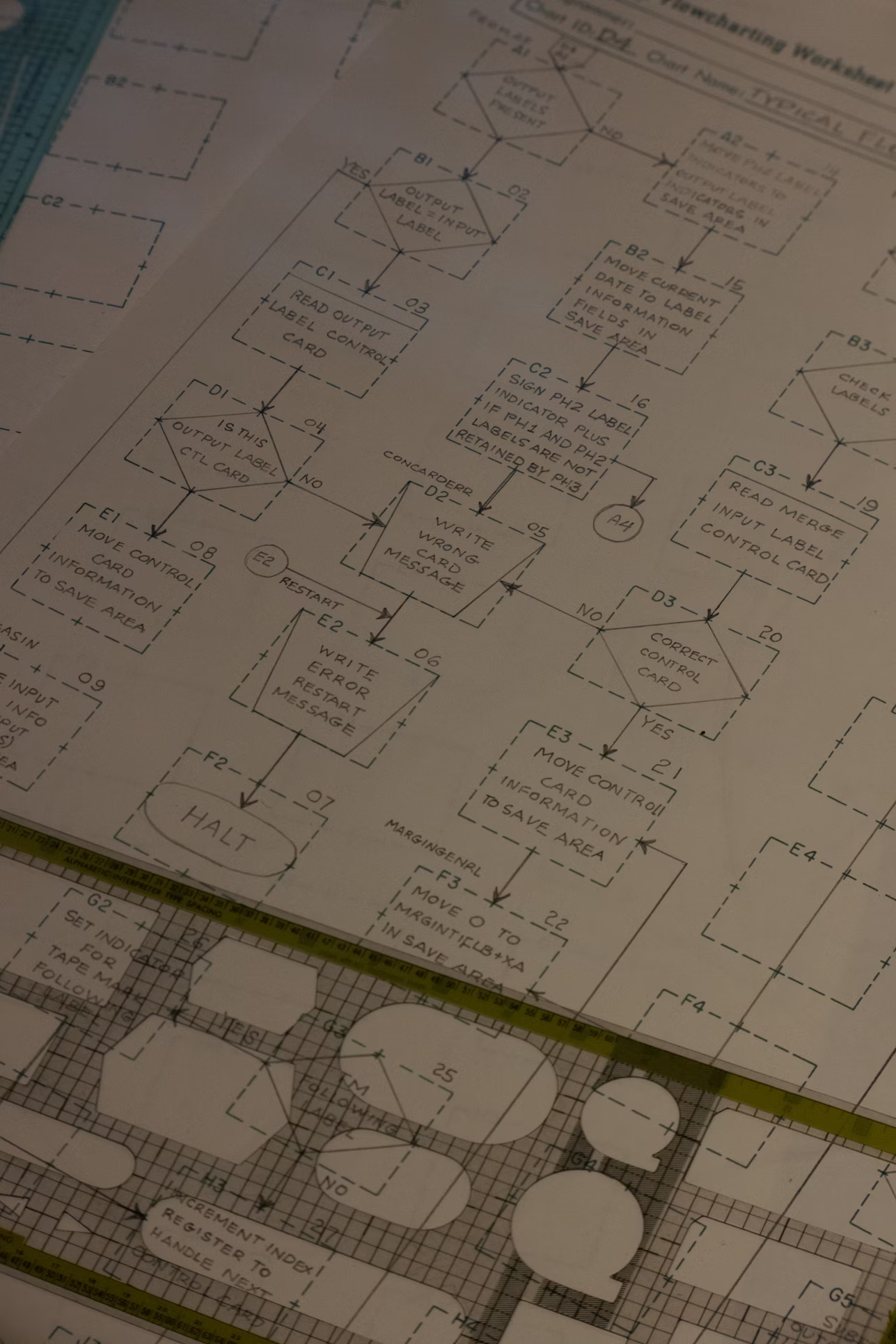


Let’s play a quick game of word association. When I say "Product Team," you probably think of words like: sprints, data-driven, agile, iteration, velocity. When I say "Creative Team," you probably think of: vision, brainstorm, inspiration, magic, and... chaos.
This, right here, is the central conflict in almost every modern creative workplace. Product and engineering teams run on a fast-paced, highly structured, iterative drumbeat. Creative teams, meanwhile, are often seen as a mysterious "black box"—a place where great ideas go in, time passes, and polished assets (hopefully) come out. This fundamental mismatch in process and pacing leads to friction, frustration, and a massive loss of potential.
As a leader who has spent my career as the bridge between these two worlds—running creative ops at Yelp while partnering with UX and product squads—I’ve learned that this conflict is entirely optional.
The solution is not to force creatives to become robotic engineers. It's to adapt the brilliant, battle-tested principles of agile and product management into a new framework: Agile Creativity.
When you run your creative team like a product squad, you don't kill the magic; you just build a better, faster delivery system for it. You stop being a reactive service department and you become a proactive, iterative, and indispensable part of the growth engine. Here’s the playbook.
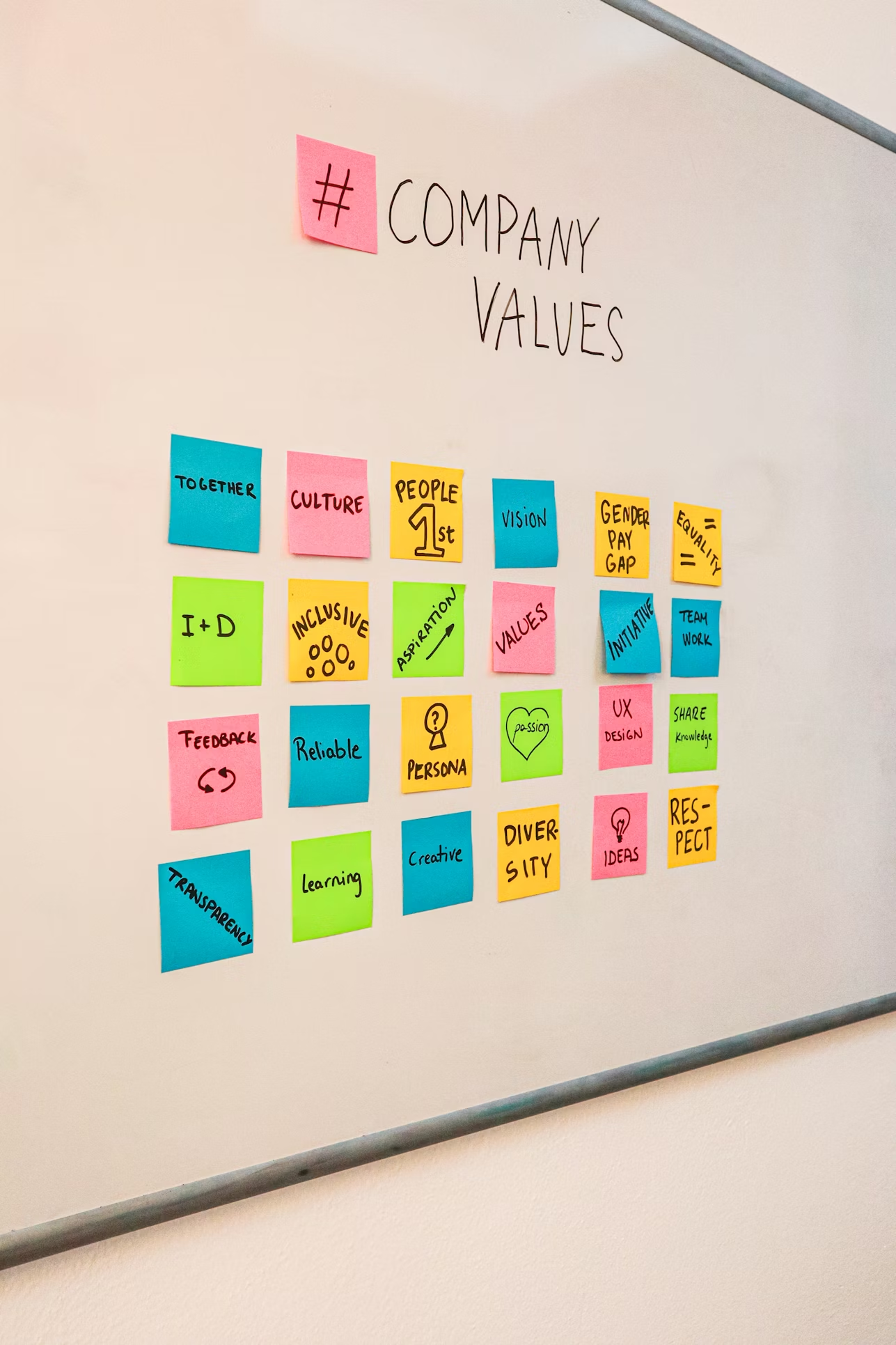
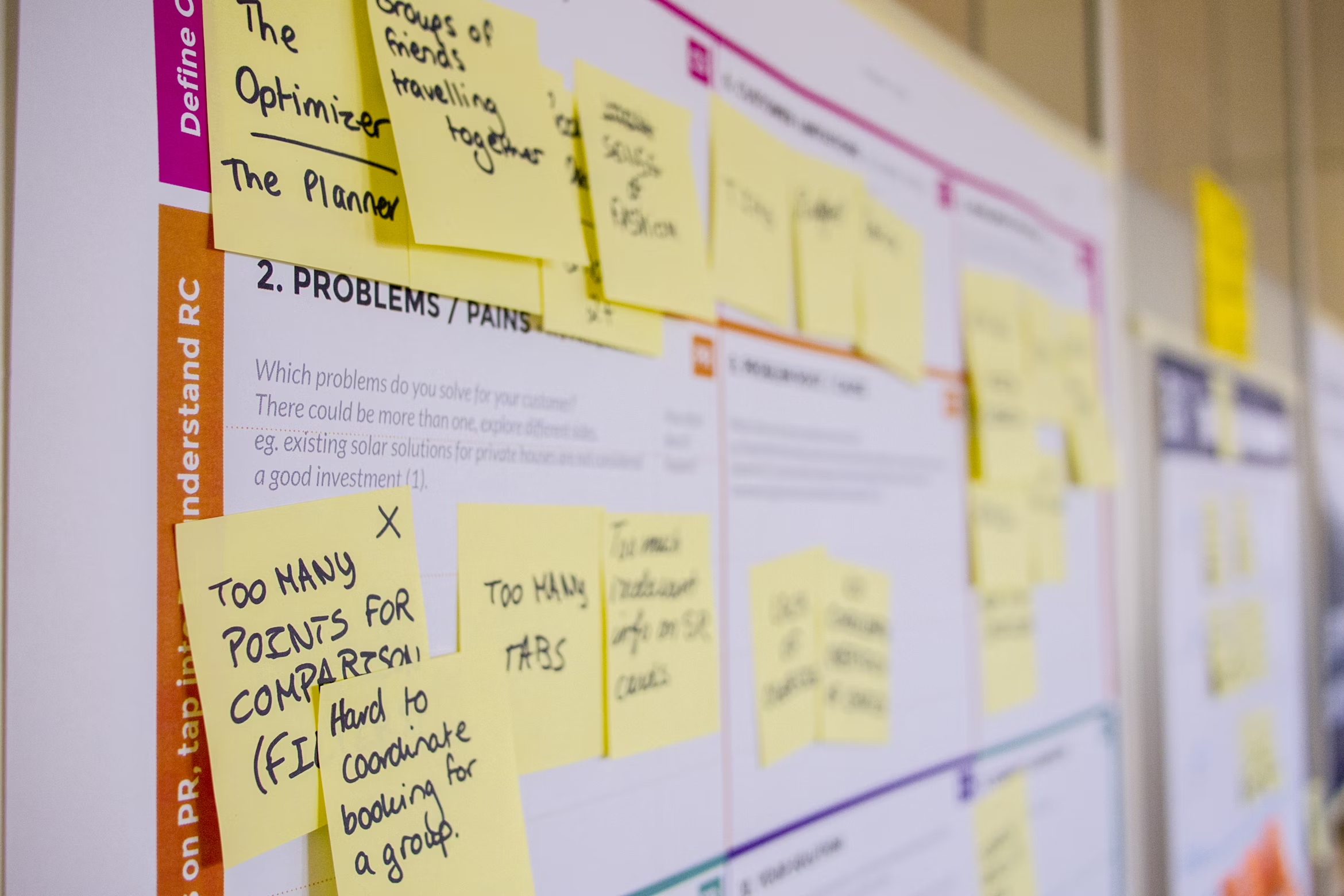
The "old world" creative model is a waterfall. A stakeholder throws a brief over the wall, the creative team goes into their cave for three weeks, and they emerge with a "Big Bang" reveal, hoping they nailed it. This process is slow, arrogant, and fundamentally incompatible with how modern tech companies work.
Product teams work in two-week sprints. They deploy code multiple times a day. They live and die by user feedback. They cannot and will not wait three weeks for a "big reveal," only to find the creative is completely misaligned with the user data they just collected.
To be a successful partner, creative must learn to speak the same language and operate at the same tempo.
This framework steals the best ideas from product management (Agile, Scrum) and repurposes them for the creative process.
Product teams don’t have a random list of "stuff to do." They have a prioritized backlog. Your creative team should be no different.
The biggest drain on a creative team is the "never-ending project" that just drags on for months. Product teams solved this with sprints—short, fixed blocks of time (usually one or two weeks) dedicated to a specific, shippable outcome.
One of the biggest fears stakeholders have about creative teams is a lack of visibility. They give a brief, and then... silence. Agile teams solve this with a daily "stand-up."
Product teams are relentless about improvement. After every sprint, they hold a "retrospective" to analyze what went well, what went wrong, and what they can do better next time. Creative teams should do the same.
A Team that is Both Creative AND Credible
When you start running your creative team like a product squad, you don't lose your creative edge. You gain a powerful new one: Credibility.
You are no longer the "department of magic and feelings." You are a predictable, transparent, and high-performing strategic partner. Your stakeholders stop seeing you as a mysterious black box and start seeing you as a reliable engine for growth.
Adopting an agile creativity framework is the most effective way to bridge the cultural divide between the creative and technical worlds. It's how you build a team that doesn't just produce beautiful, inspiring work, but does so with the rigor, speed, and strategic alignment that modern businesses demand.
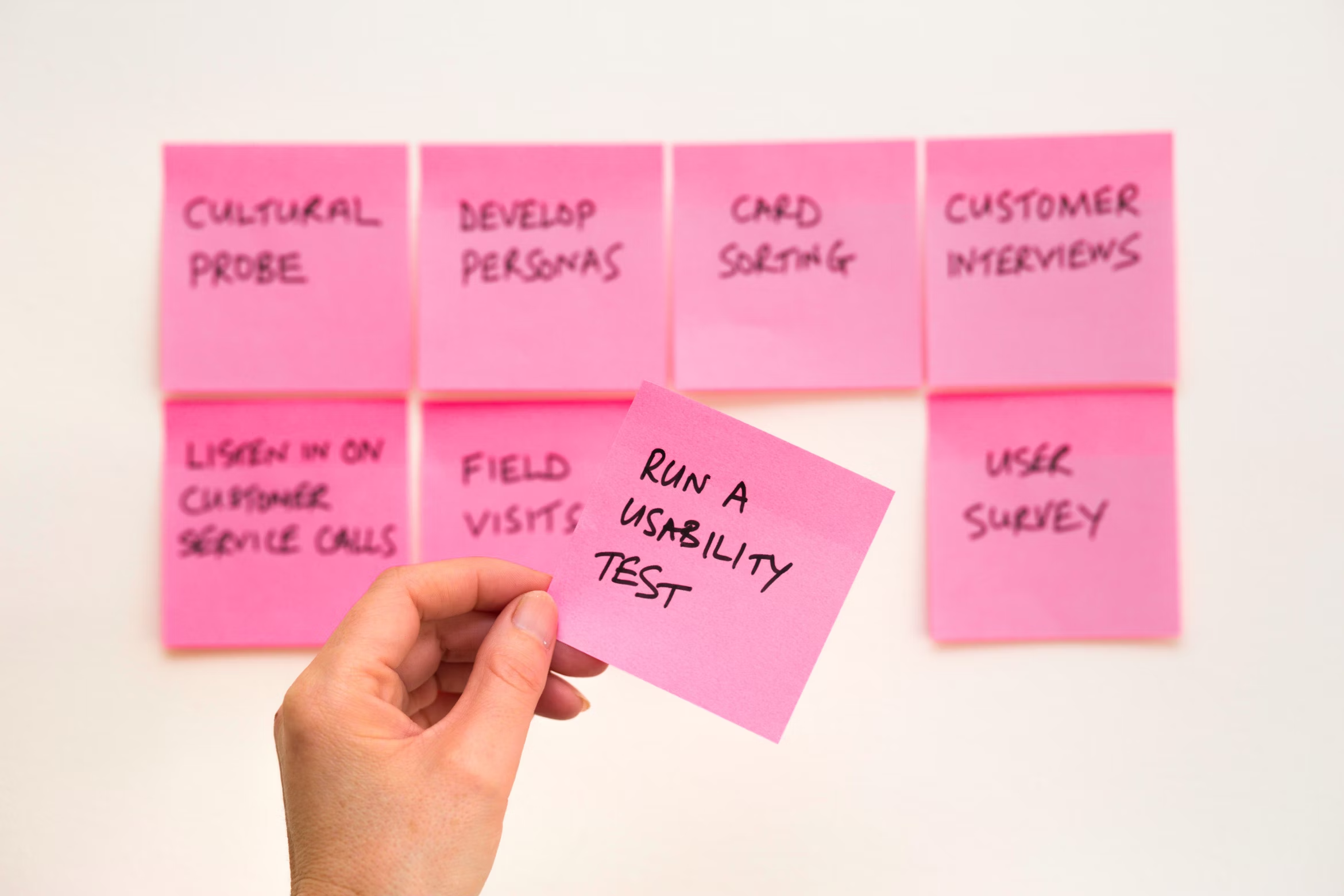
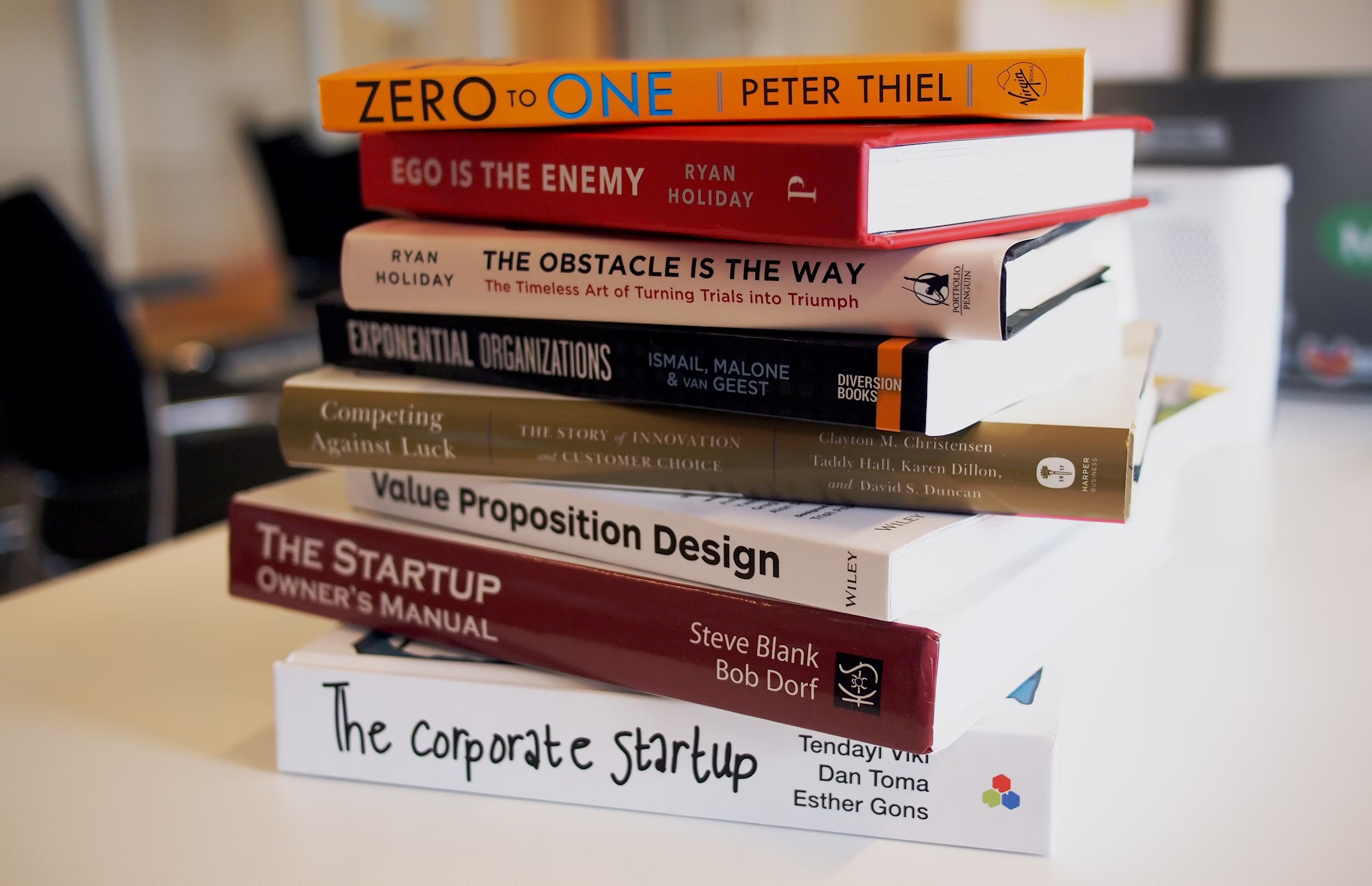
'Building the Creative Operating System at Yelp.'
See what our satisfied clients say about working with us.
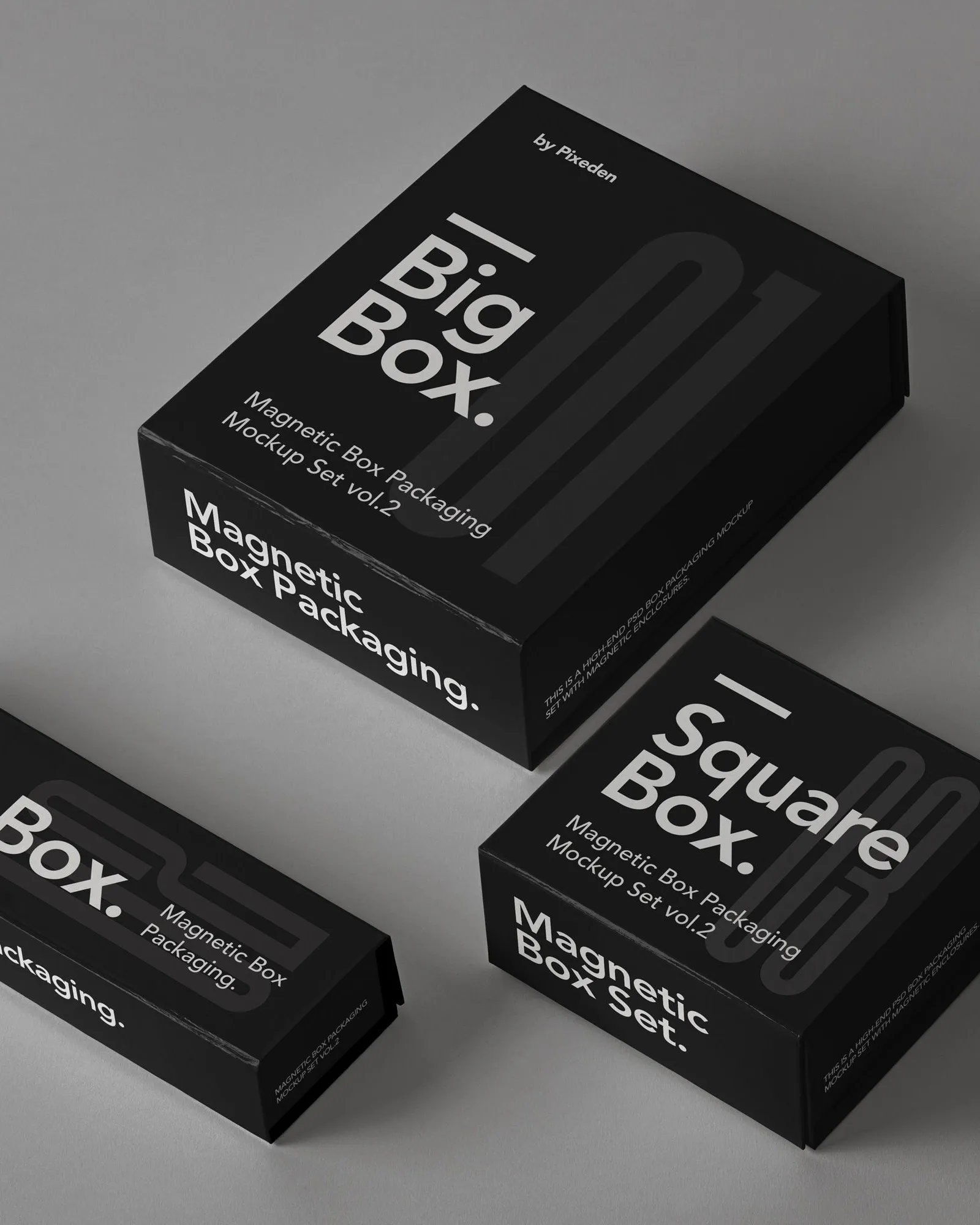
Our proven process ensures successful outcomes and client satisfaction every time.
